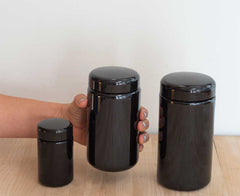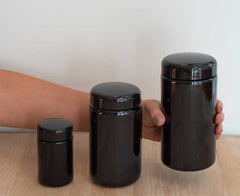Retarding effects of organic acids, hydrocolloids and microwave treatment on the discoloration of green tea fresh noodles
Author: Ke-Xue Zhu and Xin Dai and Xiaona Guo and Wei Peng and Hui-Ming Zhou
Superfine green tea powder (SGTP) was premixed with organic acids (ascorbic acid, citric acid) and hydrocolloids (sodium alginate, curdlan), and then mixed with microwave-treated wheat flour to produce green tea fresh noodles (GTFN). Darken-retardant effects of organic acids, hydrocolloids and microwave treatments on GTFN were evaluated, as well as pH, polyphenol oxidase activity, sensory and microstructure characteristics. The results revealed that organic acids exhibited a suppressive effect on discoloration, among which citric acid (CA) displayed more efficient influence with lower pH. After adding hydrocolloids and microwave treatments, retardant effects exhibited more significant (P < 0.05). Specifically, employing citric acid 0.6 g/100 g, sodium alginate 0.2 g/100 g, and 800 W microwave (MW) 50 s would contribute to lower darkening index ΔE* (24 h, 25 °C) at 3.88 ± 0.314, 4.94 ± 0.297, 2.78 ± 0.212, respectively. Furthermore, the combined effect of the above process restrained discoloring rate considerably (ΔE* = 1.92 ± 0.101), also provided pleasant sensory characteristics. The confocal scanning laser microscopy (CSLM) images demonstrated the microstructure of the noodle was strengthened compared with blank GTFN, and sodium alginate could serve as a binding agent to parcel SGTP and starch granules.



